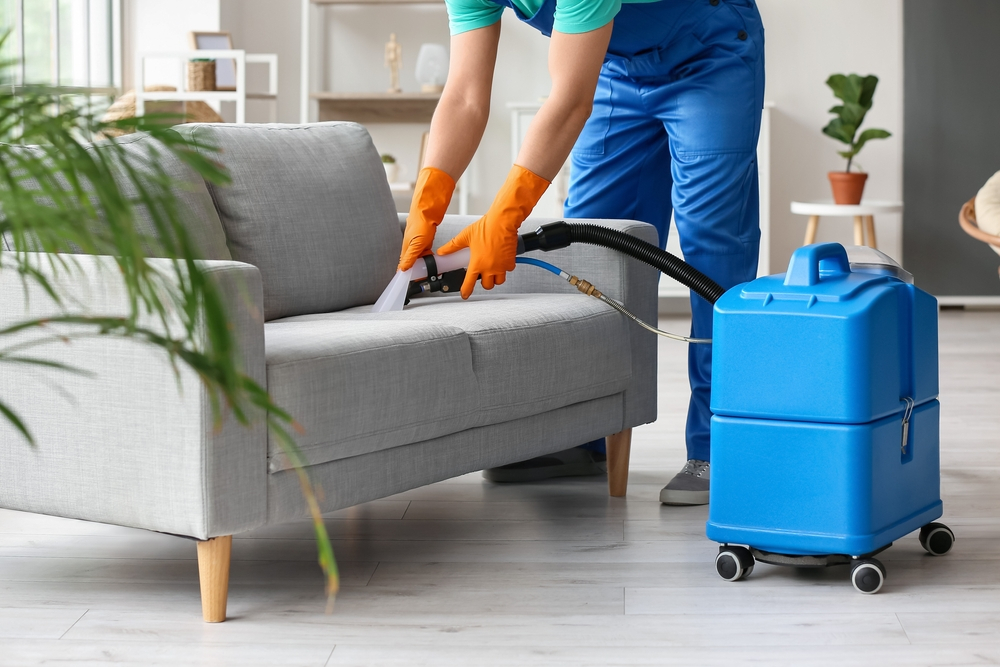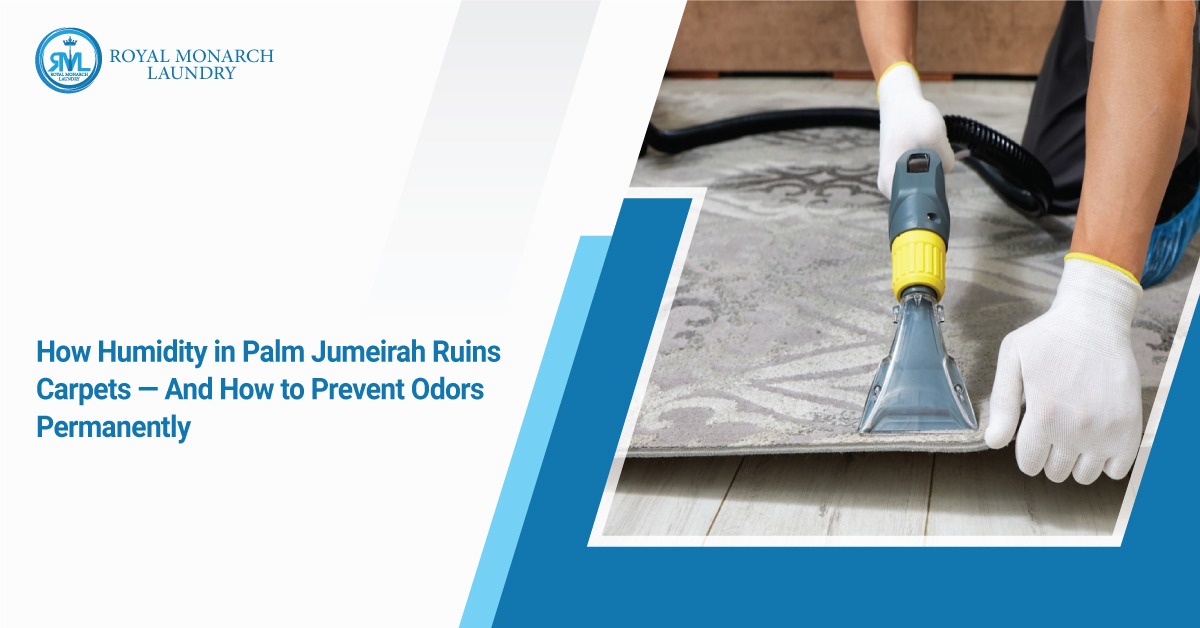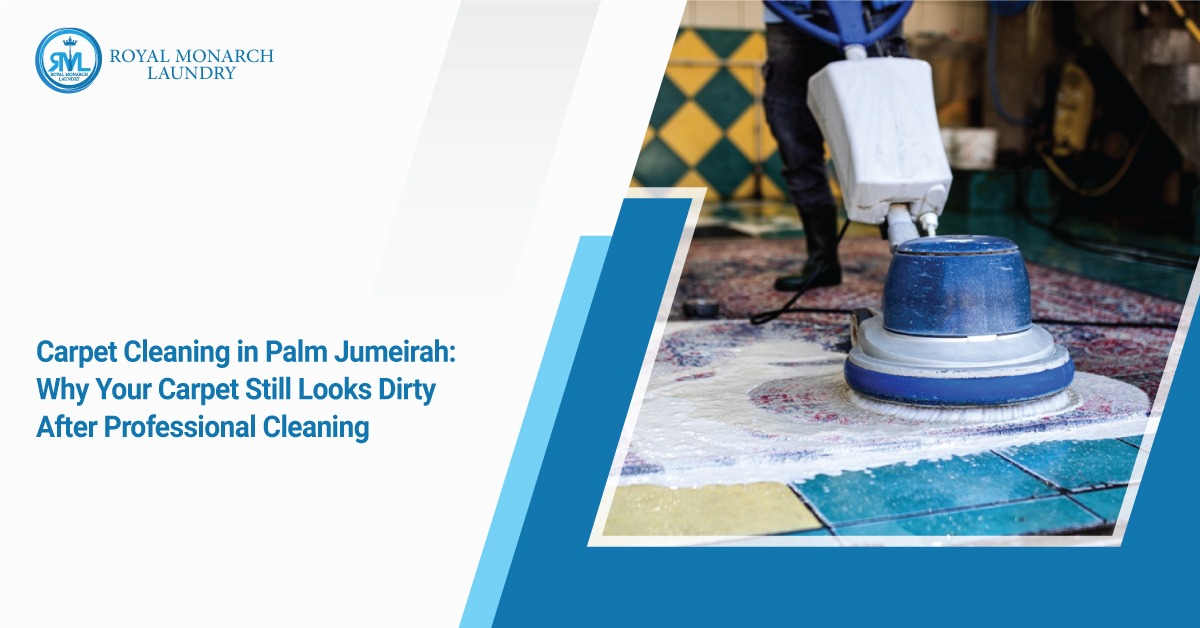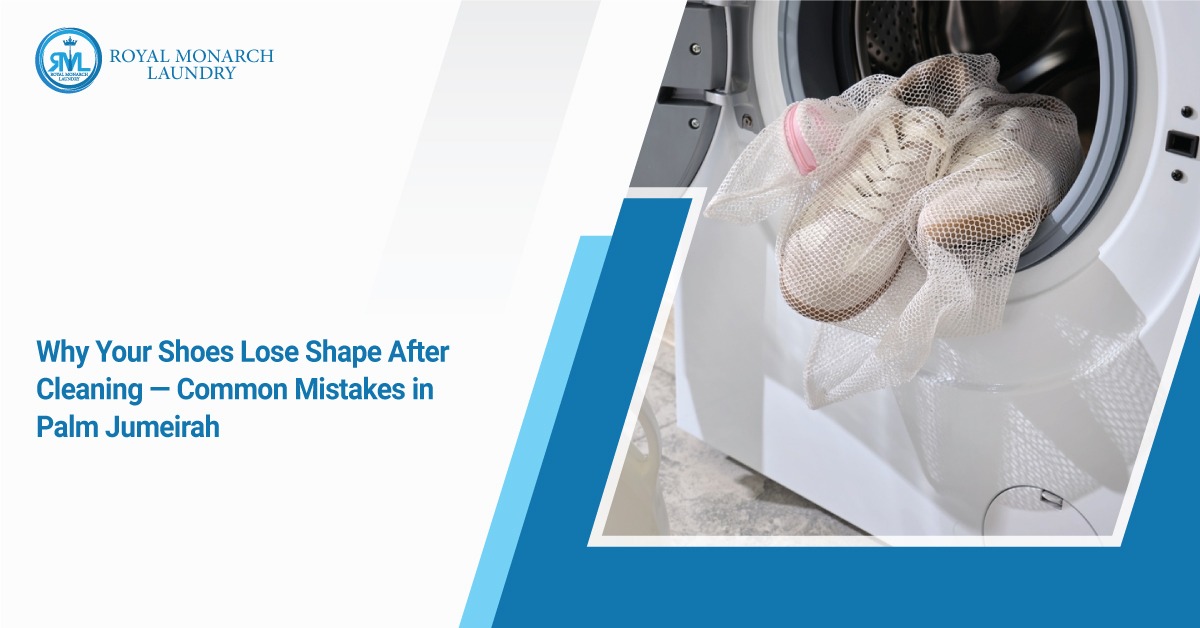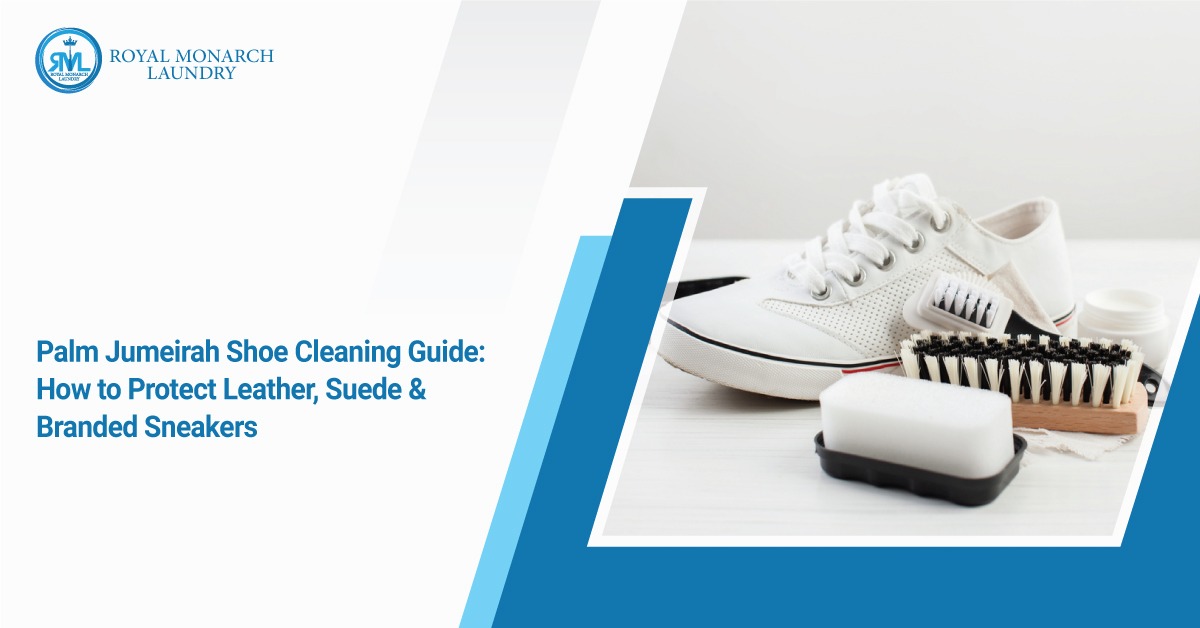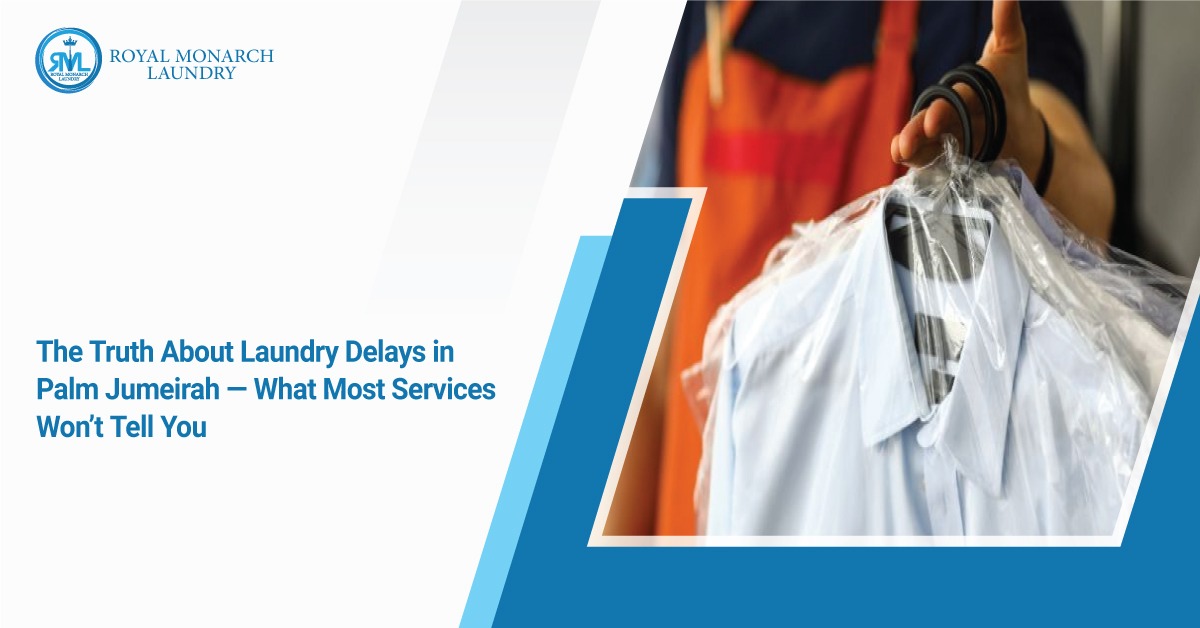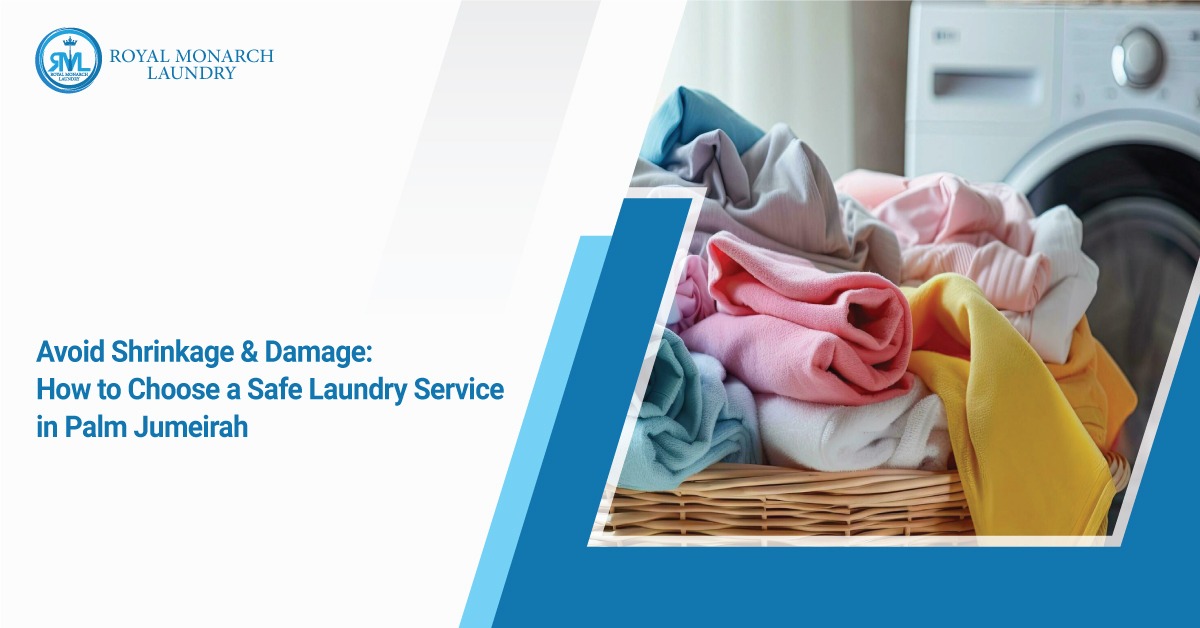Introduction
A clean and well-maintained sofa is not only aesthetically pleasing but also essential for a healthy home environment. Regular sofa cleaning goes beyond just removing visible dirt and stains; it helps eliminate allergens, dust mites, and other pollutants that can affect the air quality in your home. This article explores the importance of regular sofa cleaning and provides valuable insights into maintaining a healthy living space.
Table of Contents
- The Significance of Cleanliness for a Healthy Home
- Understanding the Impact of an Unclean Sofa
- Allergens and Dust Mites: Silent Culprits
- The Benefits of Regular Sofa Cleaning
- DIY Sofa Cleaning Tips
- Hiring Professional Sofa Cleaning Services
- Prevention Tips to Maintain Sofa Cleanliness
- The Role of Upholstery Maintenance in Overall Home Hygiene
- Choosing the Right Cleaning Products for Your Sofa
- Ensuring a Safe and Healthy Sofa Cleaning Process
- How Often Should You Clean Your Sofa?
- Signs Indicating the Need for Professional Sofa Cleaning
- Revitalizing Your Sofa: Reupholstering vs. Replacing
- Extending the Lifespan of Your Sofa through Proper Maintenance
- Conclusion
1. The Significance of Cleanliness for a Healthy Home
Maintaining cleanliness within your home is crucial for promoting a healthy living environment. A clean home helps prevent the accumulation of dust, allergens, and pollutants that can lead to respiratory problems and other health issues. While regular cleaning of floors and surfaces is commonly practiced, sofas often go unnoticed, harboring hidden contaminants that can compromise indoor air quality.
2. Understanding the Impact of an Unclean Sofa
Sofas are highly susceptible to dirt, dust, food crumbs, pet dander, and spills. These particles settle deep within the upholstery and can become a breeding ground for bacteria, allergens, and dust mites. As you relax on your sofa, you unknowingly come into contact with these pollutants, which can trigger allergies, asthma, and other respiratory conditions.
3. Allergens and Dust Mites: Silent Culprits
Allergens such as pollen, pet dander, and mold spores have a knack for finding their way into the fabric of your sofa. Over time, they accumulate and become embedded within the fibers. Additionally, dust mites, microscopic organisms that thrive in warm and humid environments, can infest your sofa. These pests feed on dead skin cells and can cause allergic reactions when their waste products become airborne.
4. The Benefits of Regular Sofa Cleaning
Regular sofa cleaning offers several benefits that contribute to a healthier home environment. Firstly, it helps eliminate allergens, dust mites, and bacteria, reducing the risk of respiratory problems and allergies. Secondly, it removes stains, odors, and unsightly marks, restoring the appearance of your sofa. Lastly, regular cleaning extends the lifespan of your sofa, protecting your investment and ensuring long-term comfort.
5. DIY Sofa Cleaning Tips
While professional sofa cleaning is recommended periodically, there are certain steps you can take to maintain cleanliness on a day-to-day basis. Vacuuming your sofa regularly with an upholstery attachment helps remove loose dirt and debris. Spot cleaning spills promptly using a mild detergent or upholstery cleaner is also advisable. Additionally, rotating cushions and fluffing pillows can prevent uneven wear and tear.
6. Hiring Professional Sofa Cleaning Services
For a thorough and deep cleaning of your sofa, it is advisable to hire professional sofa cleaning services. Trained technicians utilize specialized equipment and cleaning solutions that effectively remove stubborn stains, deep-seated dirt, and hidden allergens. Professional cleaning not only improves the hygiene of your sofa but also enhances its overall lifespan and appearance.
7. Prevention Tips to Maintain Sofa Cleanliness
Prevention is key when it comes to maintaining sofa cleanliness. To minimize the accumulation of dirt and debris, consider using sofa covers or throws that are washable and easy to maintain. Enforcing a no-shoes policy in your living room can also reduce the introduction of outdoor contaminants. Regularly fluffing and rotating cushions, as well as vacuuming the sofa and its crevices, can help prevent the buildup of allergens and dust.
8. The Role of Upholstery Maintenance in Overall Home Hygiene
Upholstery maintenance goes beyond just cleaning the surface of your sofa. It involves regular inspections for signs of damage, such as loose threads or worn-out cushions. Addressing these issues promptly can prevent further deterioration and ensure the longevity of your sofa. Additionally, professional upholstery cleaning can revitalize your sofa, making it look and feel like new again.
9. Choosing the Right Cleaning Products for Your Sofa
Selecting the appropriate cleaning products for your sofa is essential to avoid damage and discoloration. Always check the manufacturer’s recommendations or consult a professional before using any cleaning agents. Mild and eco-friendly products are generally safe options. It’s also important to perform a spot test on an inconspicuous area of the sofa before applying the cleaner to the entire surface.
10. Ensuring a Safe and Healthy Sofa Cleaning Process
When cleaning your sofa, prioritize your safety and well-being. Ensure proper ventilation by opening windows or using fans to allow fresh air to circulate. If using chemical-based cleaners, wear gloves and protective clothing to prevent skin irritation. Follow the instructions provided with the cleaning products and avoid mixing different chemicals. Finally, allow sufficient drying time before using the sofa again.
11. How Often Should You Clean Your Sofa?
The frequency of sofa cleaning depends on various factors, including usage, household members, and the presence of pets. As a general guideline, it is recommended to clean your sofa professionally every 12 to 18 months. However, if you have children or pets or if someone in your household has allergies, more frequent cleaning may be necessary.
12. Signs Indicating the Need for Professional Sofa Cleaning
Certain signs indicate that your sofa requires professional cleaning. These include noticeable stains, persistent odors, increased allergy symptoms among household members, or a general decline in the sofa’s appearance. Regular inspections can help you identify these signs early and take appropriate action to maintain the cleanliness and hygiene of your sofa.
13. Revitalizing Your Sofa: Reupholstering vs. Replacing
Over time, even with proper maintenance and cleaning, sofas may show signs of wear and tear. When considering whether to reupholster or replace your sofa, factors such as cost, sentimental value, and overall condition should be taken into account. Reupholstering can breathe new life into your sofa, giving it a fresh look, while replacement offers an opportunity to upgrade to a different style or size.
14. Extending the Lifespan of Your Sofa through Proper Maintenance
Proper maintenance practices can significantly extend the lifespan of your sofa. Regular cleaning, routine inspections, and addressing minor issues promptly can prevent major damage and prolong the comfort and durability of your sofa. By following the recommended care instructions and implementing preventive measures, you can ensure that your sofa remains a valuable asset in your home for years to come.
15. Conclusion
Regular sofa cleaning is essential for maintaining a healthy home environment. It eliminates allergens, dust mites, and bacteria that can affect indoor air quality and trigger allergies and respiratory problems. By following DIY cleaning tips, hiring professional services when needed, and implementing preventive measures, you can ensure that your sofa remains clean, fresh, and comfortable. Prioritize the cleanliness and hygiene of your sofa to create a healthier living space for you and your family.
FAQs
- How often should I vacuum my sofa?
It is recommended to vacuum your sofa at least once a week to remove loose dirt and debris. If you have pets or allergies, more frequent vacuuming may be necessary.
- Can I clean my sofa with regular household cleaners?
Using regular household cleaners may not be suitable for all types of upholstery. It is best to check the manufacturer’s recommendations or consult a professional before using any cleaning products on your sofa.
- Are professional sofa cleaning services expensive?
The cost of professional sofa cleaning services can vary depending on factors such as the size of your sofa, the extent of cleaning required, and your location. However, considering the benefits and the longevity it adds to your sofa, it is a worthwhile investment.
- Can professional sofa cleaning remove tough stains?
Yes, professional sofa cleaning services utilize specialized equipment and cleaning solutions that are effective in removing tough stains. However, the success of stain removal depends on various factors, such as the type of stain and the fabric of your sofa.
- How long does it take for a sofa to dry after cleaning?
The drying time after sofa cleaning can vary depending on factors such as the type of fabric, humidity levels, and airflow in the room. On average, it may take anywhere from a few hours to a day for the sofa to dry completely. It’s important to allow sufficient drying time before using the sofa again.

